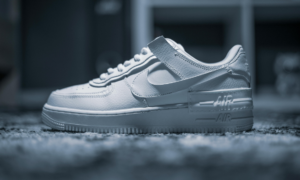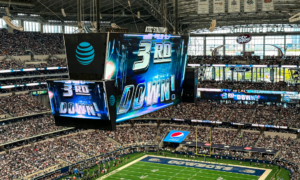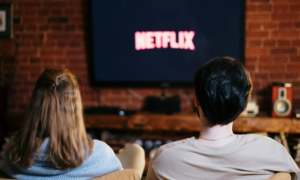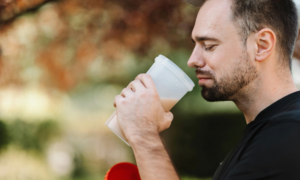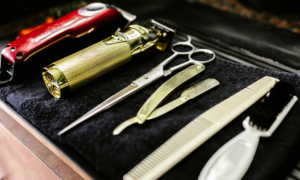Ways To Prevent And Treat Back Pain

Struggling with back pain? Learn practical prevention methods and treatment options to alleviate discomfort and improve your quality of life today.
Lower back pain is a common issue that can result from poor posture, muscle strain, herniated discs, arthritis, or other conditions. Here are effective ways to treat and manage lower back pain, ranging from immediate relief to long-term prevention:
1. Immediate Pain Relief
A. Rest (But Not Too Much)
- Short-term rest (1–2 days max) can help, but prolonged inactivity weakens muscles.
- Stay mobile with gentle movements to prevent stiffness.
B. Ice & Heat Therapy
- Ice Packs (first 48 hours) – Reduces inflammation (20 mins every 2 hours).
- Heat Therapy (after 48 hours) – Relaxes muscles (heating pad, warm baths).
C. Over-the-Counter (OTC) Pain Relievers
- NSAIDs (Ibuprofen, Naproxen) – Reduce pain and inflammation.
- Acetaminophen (Tylenol) – For pain (but not inflammation).
D. Gentle Stretches
- Knee-to-Chest Stretch – Lie on back, pull one knee to chest, hold 20 sec.
- Cat-Cow Stretch – On hands and knees, alternate arching and rounding back.
2. Long-Term Treatment & Prevention
A. Strengthen Core & Back Muscles
- Planks, Bridges, Bird-Dogs – Stabilize the spine.
- Yoga & Pilates – Improve flexibility and strength.
B. Improve Posture
- Sitting: Keep feet flat, back straight, and use lumbar support.
- Standing: Distribute weight evenly, avoid slouching.
- Ergonomic Adjustments: Use a supportive chair, raise computer screen to eye level.
C. Low-Impact Exercise
- Walking, Swimming, Cycling – Keeps back muscles active without strain.
- Avoid High-Impact Activities (e.g., running, heavy lifting) if pain is severe.
D. Massage & Physical Therapy
- Professional massage – Eases muscle tension.
- Physical therapy – Targeted exercises to correct imbalances.
E. Weight Management
- Excess weight strains the lower back—maintain a healthy BMI.
3. Medical Treatments (If Pain Persists)
- Prescription Meds – Muscle relaxants or stronger NSAIDs (if OTC fails).
- Steroid Injections – For severe inflammation (e.g., herniated disc).
- Chiropractic Adjustments – May help with spinal alignment.
- Surgery (Last resort) – For severe cases like spinal stenosis or slipped discs.
4. Alternative Therapies
- Acupuncture – Some studies show relief for chronic back pain.
- TENS Unit – Electrical nerve stimulation for pain relief.
- CBD or Turmeric – Anti-inflammatory benefits (consult doctor first).
5. When to See a Doctor
- Pain lasts >2 weeks despite home treatment.
- Numbness/tingling in legs (possible sciatica).
- Loss of bladder/bowel control (emergency—could be cauda equina syndrome).
Prevention Tips
✅ Lift Properly – Bend knees, keep back straight.
✅ Sleep on a Firm Mattress – Side sleepers: place pillow between knees.
✅ Stay Hydrated – Keeps spinal discs healthy.
✅ Quit Smoking – Impairs blood flow to spinal tissues.
Final Thought
Most lower back pain improves with conservative care(rest, exercise, posture fixes). If pain persists, consult a doctor or physical therapist for a tailored plan.








